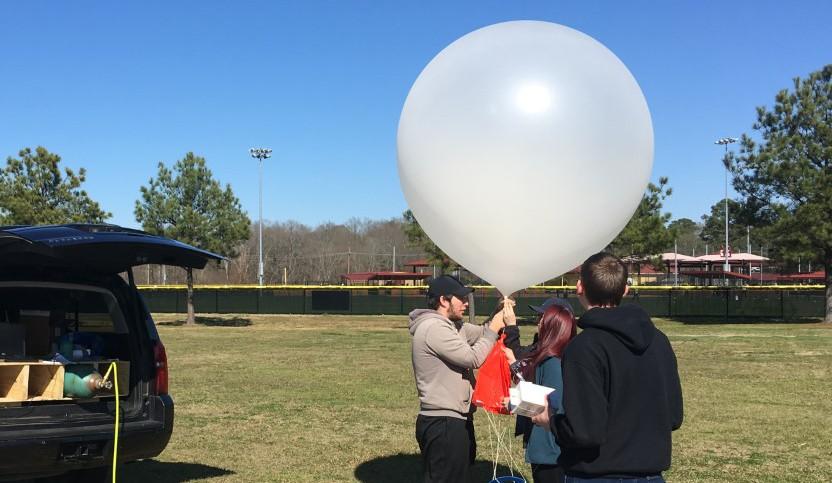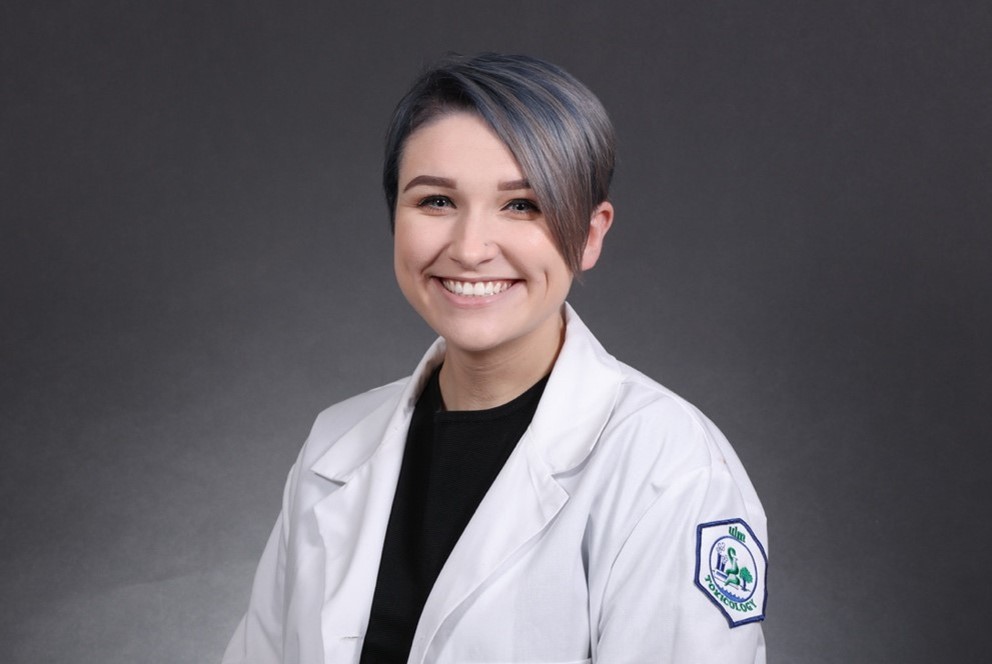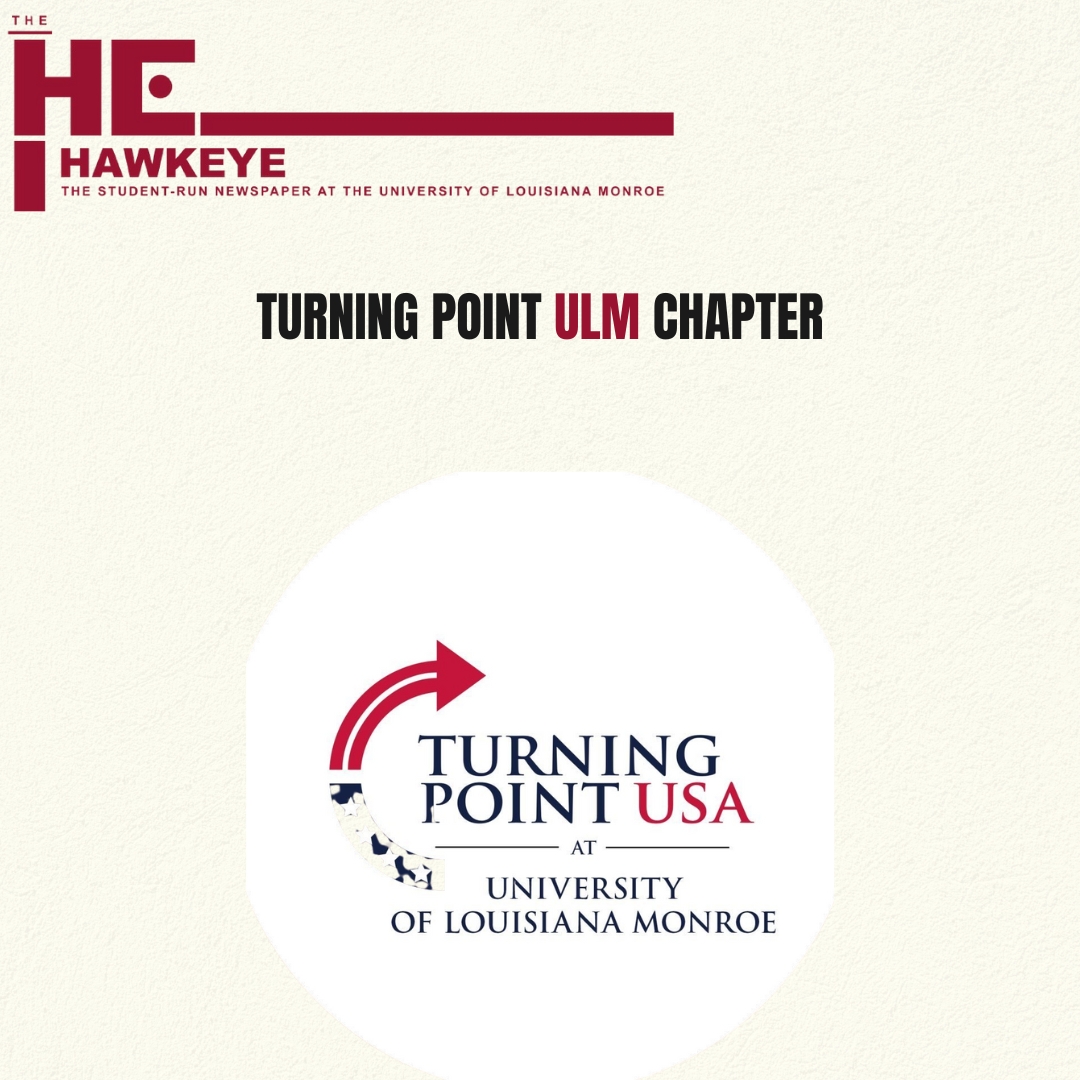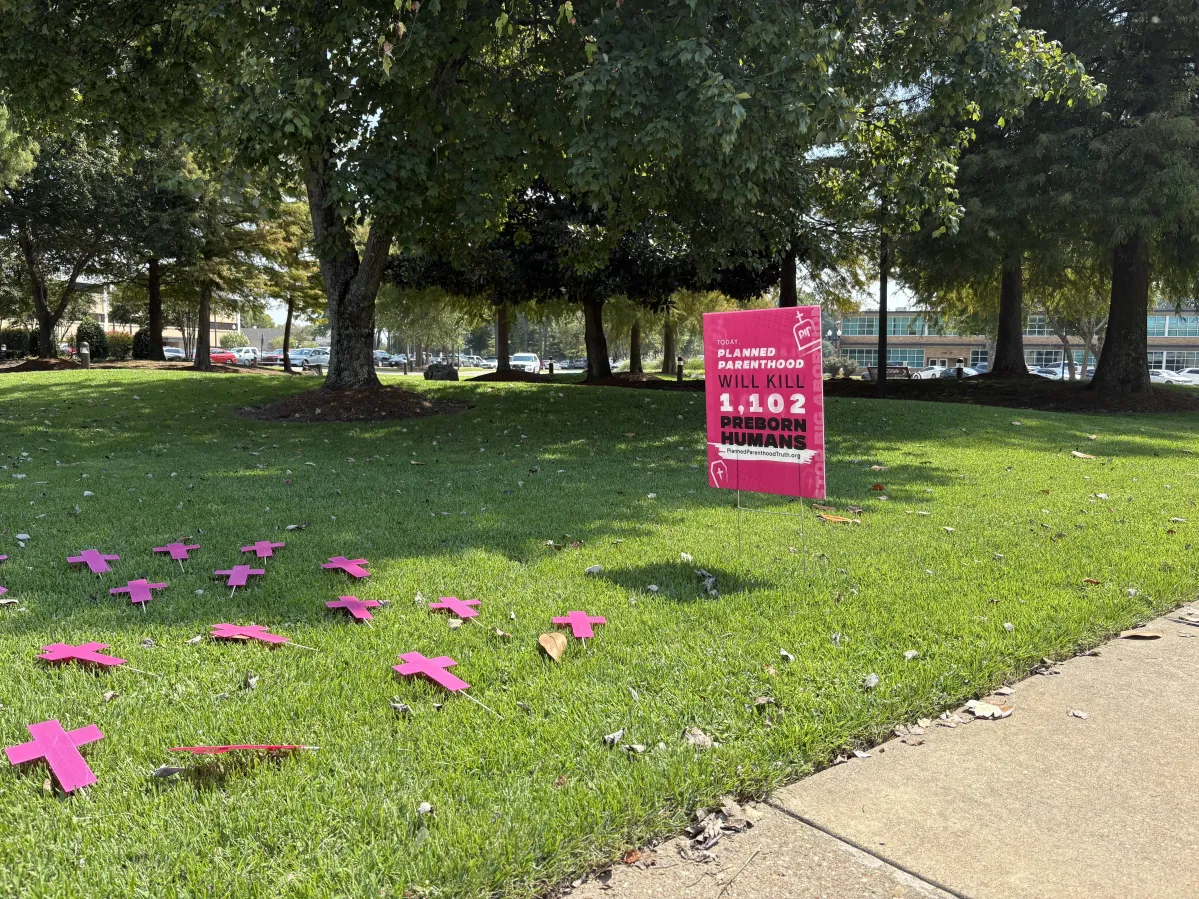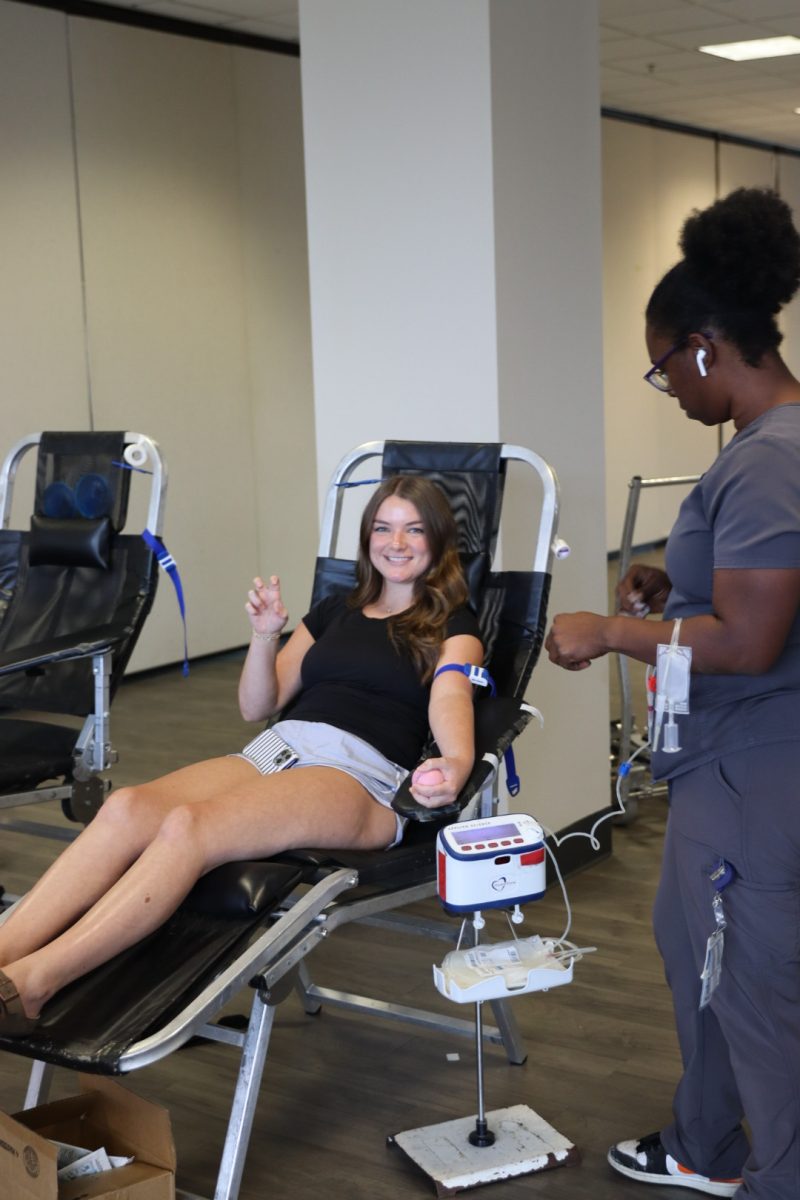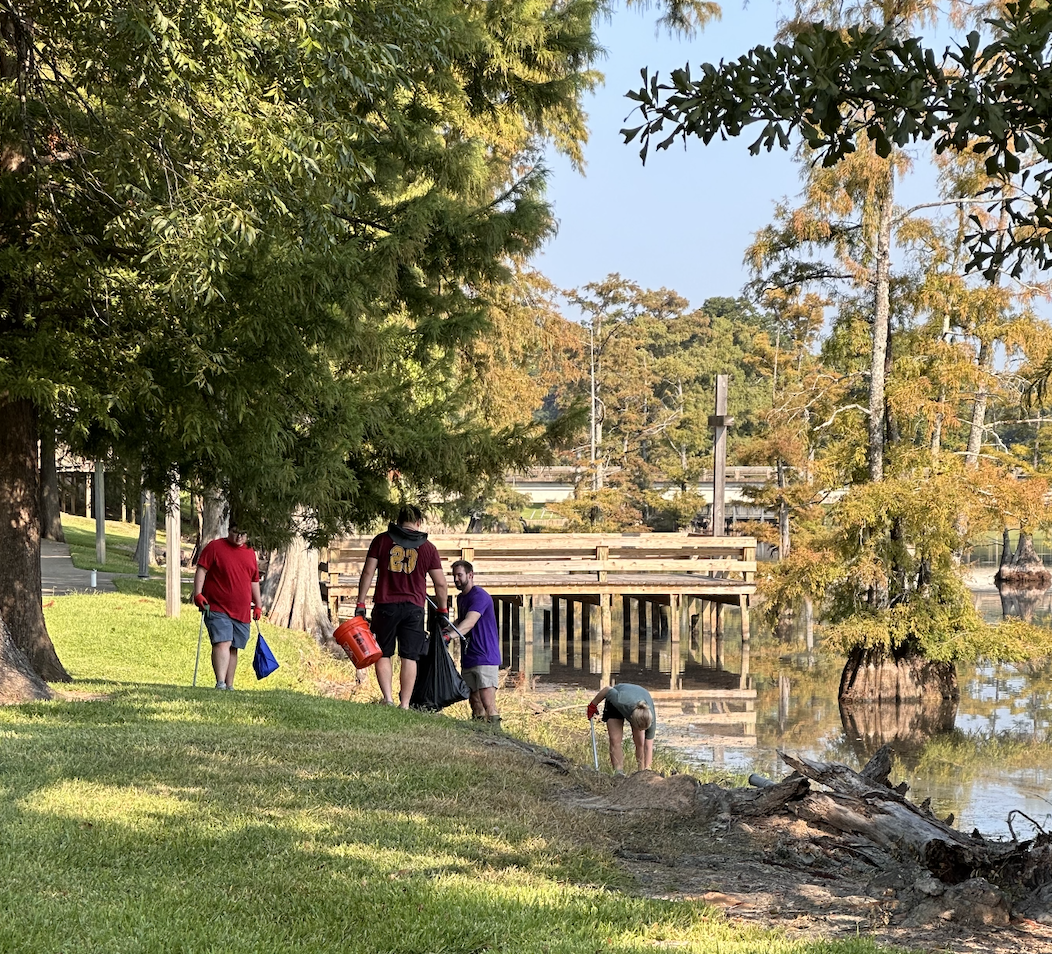Atmospheric Science team engages in regional research
For Todd Murphy, who is interested in the Southeastern severe weather environment, VORTEX-SE is an excellent opportunity to get his students involved in the “natural laboratory” and to put their knowledge to practical use.
The assistant professor of atmospheric science was awarded a grant worth $60,000 from the National Oceanic and Atmospheric Administration to study about severe weather patterns in Southeastern U.S. Murphy has used these funds to participate in the VORTEX-SE program.
VORTEX-SE (Verification of the Origins of Rotation in Tornadoes Experiment- Southeast) is a research program seeking to understand how environmental factors like terrain and land surface differences affect the development of severe weather in the Southeastern U.S. The budget for the VORTEX-SE is allocated by Congress and has to be renewed every year.
Murphy hopes to have two sounding teams in the field and get more students involved next year, if the project is approved again.
Currently, the ULM VORTEX-SE team has six students who plan to launch weather balloons for four severe weather events around Huntsville, Ala. The University of Alabama is acting as an operating center for the project.
A weather balloon is a type of high altitude balloon with a radiosonde attached to its end. As the balloon lifts to higher altitudes, the radiosonde measures temperature, pressure, wind speed and other parameters which are signaled back to a computer.
The data is quality controlled and later developed into digital diagrams which give a vertical profile of temperature, humidity and pressure. The team sends the diagrams to the National Weather Service, the VORTEX-SE Twitter page and to other project participants.
“There are eight sounding teams in the project. The data we’re going to collect is in very high resolution, both in time and space. So, you can see how fast your environment is changing to be conducive for severe weather. That’s one of the unanswered questions we have: the small scale changes for severe weather,” Murphy said.
Stephen Kreller, a senior atmospheric science major, said the project is an opportunity for students across the nation to contribute to an area of atmospheric science that has so far been immensely under-explored.
“So far we have conducted multiple launches here on campus to both gather data about the atmosphere in Monroe and to practice doing our job launching weather balloons in the field in front of an incoming storm,” Kreller said.
The domain for the ULM VORTEX-SE is very small, which may result in very few severe weather observations for the team. However, this could also provide the team with an opportunity to look at the null cases and explain the lack of severe weather.
The project is also believed to help grow the atmospheric science program. The weather balloon launches along with the new weather radar on campus will give students tons of hands-on experience in the atmospheric science field.
One of the primary objectives of the project is to study squall line tornadoes like the October 2014 tornado Monroe.
“We hope to have some type of collaborative paper out that discusses the data set we collected with our balloons between ULM, Mississippi State University and North Carolina State University,” Murphy said.


